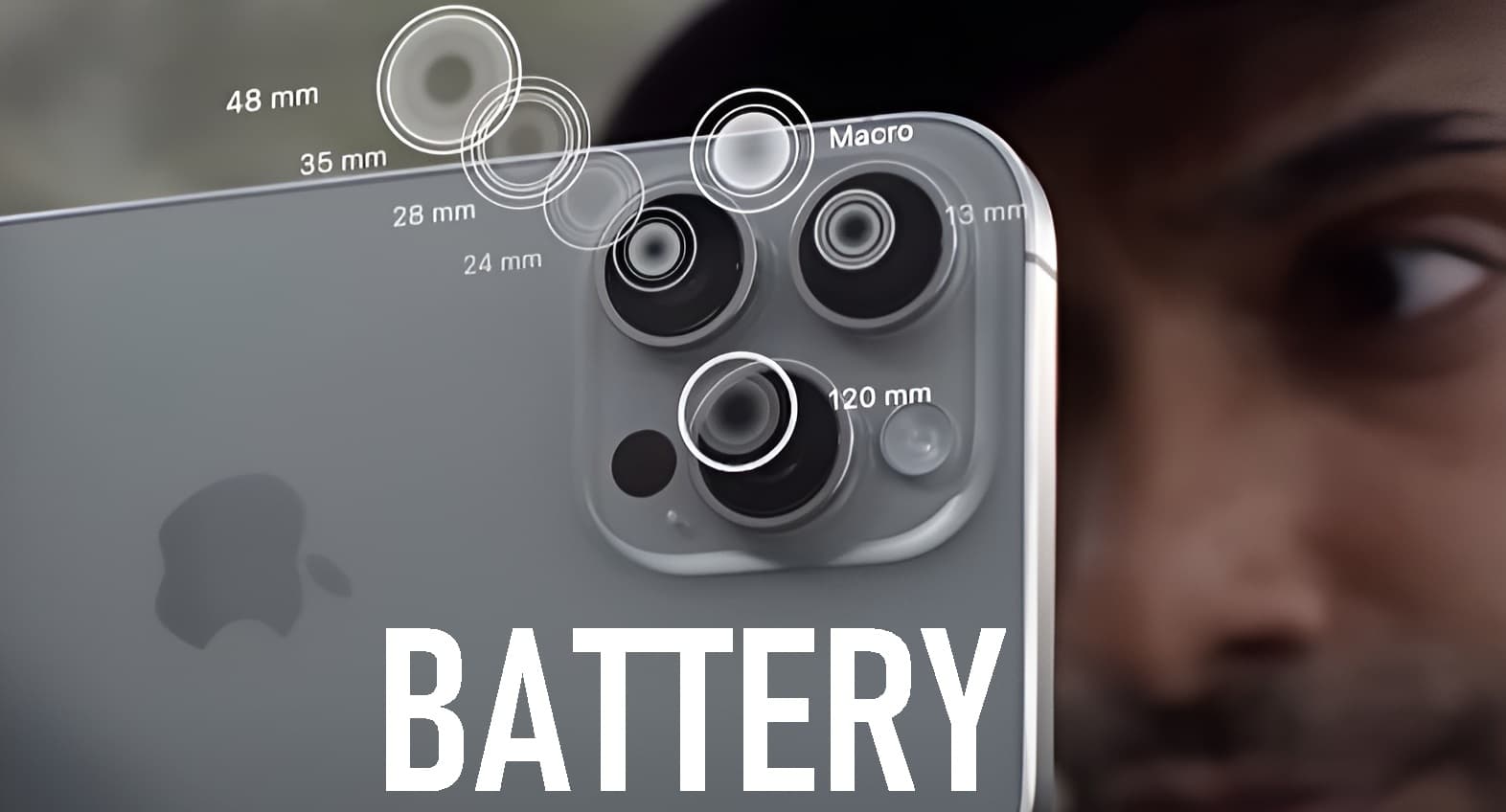Smartphone cameras have transformed the way we capture and share our lives. As technology advances, the future of smartphone cameras promises even more exciting developments. From innovative features to business strategies and practical photography tips, let’s dive into what you can expect and how to make the most of your smartphone camera.

What to Expect from Future Smartphone Cameras
Emerging Trends:
- Enhanced AI Capabilities: Future cameras will rely even more on artificial intelligence to improve photo quality, from automatic scene detection to real-time image enhancements.
- Advanced Sensor Technologies: Expect larger and more efficient sensors that can capture more light and detail, improving both day and night photography.
- Improved Computational Photography: Techniques like image fusion and advanced noise reduction will continue to refine photo quality.
- Foldable and Flexible Designs: As phone designs evolve, we might see cameras integrated into foldable screens and flexible body structures, offering new ways to capture images.
Why It Matters:
- Better Photos and Videos: These advancements will lead to clearer, more vibrant images and smoother videos.
- More Creative Options: With new technologies, you’ll have more tools and features to explore creative photography and videography.
The Business Strategy Behind Camera Features
How Companies Choose Camera Features:
- Consumer Demand: Companies analyze market trends and consumer preferences to determine which features to include. For example, the rise of social media has increased demand for high-quality cameras.
- Competitive Edge: Features like high megapixel counts or unique camera modes can differentiate a brand in a crowded market.
- Cost vs. Benefit: Manufacturers balance the cost of advanced camera technologies with the potential market benefits. They need to ensure that the added features justify the increased price.
Impact on Pricing:
- Higher Prices: Advanced camera systems often come with a higher price tag, which can make flagship models more expensive.
- Feature Packages: Some brands offer different camera setups in various models to cater to different price points.
How Companies Decide Which Cameras to Include
Decision Factors:
- Target Audience: The choice of camera features depends on the intended user base. For instance, professional photographers might need advanced settings, while casual users may prioritize ease of use.
- Technology Partnerships: Collaborations with camera tech companies can influence which features are included, such as using Leica lenses for enhanced optical performance.
- Innovation and Differentiation: Companies aim to include unique features that set their phones apart from competitors, like exclusive modes or advanced AI enhancements.
Why It Matters:
- User Experience: The camera setup directly affects how you use your phone and what kind of photos and videos you can capture.
- Brand Positioning: The choice of camera features helps define a brand’s position in the market, from high-end flagship to budget-friendly options.
Best Practices for Smartphone Photography
Tips for Better Photos:
- Use Natural Light: Whenever possible, use natural light to enhance your photos. Avoid harsh direct sunlight, but make use of soft, diffused light.
- Clean Your Lens: A clean lens ensures clear, sharp images. Regularly wipe the lens to remove smudges and dust.
- Use Grid Lines: Enable grid lines in your camera settings to help with composition and ensure your shots are well-aligned.
- Experiment with Angles: Try different angles and perspectives to find the most interesting and dynamic shots.
Why It Matters:
- Improved Quality: Following these practices can significantly improve the clarity, composition, and overall quality of your photos.
- Creative Freedom: Experimenting with different techniques allows you to explore your creativity and capture unique images.
Macro vs. Main Camera: When to Use Each
Macro Camera:
- Use For: Close-up shots of small subjects, like flowers or insects. Macro cameras are designed to focus on subjects at a very short distance.
- Benefits: Captures fine details and textures that might be missed with a standard lens.
Main Camera:
- Use For: Everyday photography, including landscapes, portraits, and general shots. The main camera is versatile and usually has the highest resolution.
- Benefits: Provides a broader field of view and better overall image quality for a wide range of subjects.
When to Use Each:
- Macro Camera: When you need to capture intricate details up close.
- Main Camera: For most other types of photography, where versatility and overall image quality are more important.
How Depth Sensors Affect Battery Life
Impact on Battery Life:
- Increased Power Consumption: Depth sensors, especially those used in 3D scanning and advanced portrait modes, can consume more battery power.
- Balancing Act: Manufacturers must balance the inclusion of depth sensors with battery efficiency to ensure optimal performance and battery life.
Why It Matters:
- Battery Management: Understanding the impact of various features on battery life can help you manage your phone’s performance and longevity.
- Feature Trade-offs: Knowing how certain features affect battery life can help you make informed choices about which features are most important to you.
Comparing Camera Software Across Different Brands
What to Look For:
- User Interface: Compare the ease of use and intuitive design of the camera app. A good interface should make it easy to access and adjust settings.
- Feature Set: Different brands offer unique features and modes, such as AI enhancements, manual controls, or advanced editing tools.
- Performance: Evaluate how quickly the camera software processes and captures images, as well as its accuracy in various lighting conditions.
Why It Matters:
- User Experience: The software plays a crucial role in how effectively you can use the camera and its features.
- Photo Quality: Good software can enhance photo quality through better processing and intelligent adjustments.
How to Choose Between a Wide Angle and Telephoto Lens
Wide Angle Lens:
- Use For: Capturing expansive scenes, such as landscapes or large groups of people. It offers a broader field of view.
- Benefits: Allows you to fit more into the frame without stepping back, making it ideal for wide scenes.
Telephoto Lens:
- Use For: Zooming in on distant subjects, such as wildlife or details in a landscape. It provides a narrower field of view with magnification.
- Benefits: Enables detailed close-ups from a distance without physically moving closer.
When to Choose:
- Wide Angle: For capturing more of the scene or environment in one shot.
- Telephoto: For focusing on distant subjects or when you need to zoom in without losing detail.
The Impact of AI on Low-Light Photography
AI Enhancements:
- Noise Reduction: AI algorithms can reduce noise and enhance clarity in low-light conditions, leading to sharper and cleaner images.
- Automatic Adjustments: AI can automatically adjust exposure, contrast, and brightness to improve photo quality in dim environments.
- Multi-Frame Processing: AI can combine multiple exposures to create a well-lit and detailed image.
Why It Matters:
- Better Low-Light Photos: AI helps you capture better photos in challenging lighting conditions, making your images clearer and more detailed.
- Simplified Photography: AI makes it easier to get great results without needing advanced photography skills or manual adjustments.
Future of Phone Cameras Without Macro and Depth Sensors
Emerging Alternatives:
- AI and Computational Photography: Future phones may rely more on AI and computational techniques to mimic the effects of macro and depth sensors without the physical hardware.
- Software Solutions: Advanced software algorithms may replace the need for dedicated sensors by enhancing image processing and editing capabilities.
Why It Matters:
- Streamlined Design: Reducing the number of sensors can simplify phone designs and potentially reduce costs.
- Innovative Features: Emphasizing AI and software solutions may lead to new and innovative ways to capture and enhance images.
Conclusion
The future of smartphone cameras is set to be exciting, with advancements in AI, sensor technology, and design shaping how we capture and share our world. By understanding the business strategies behind camera features, practicing effective photography techniques, and staying informed about emerging trends, you can make the most of your smartphone camera. Whether you’re a casual user or a photography enthusiast, these insights will help you navigate the evolving landscape of smartphone photography.














